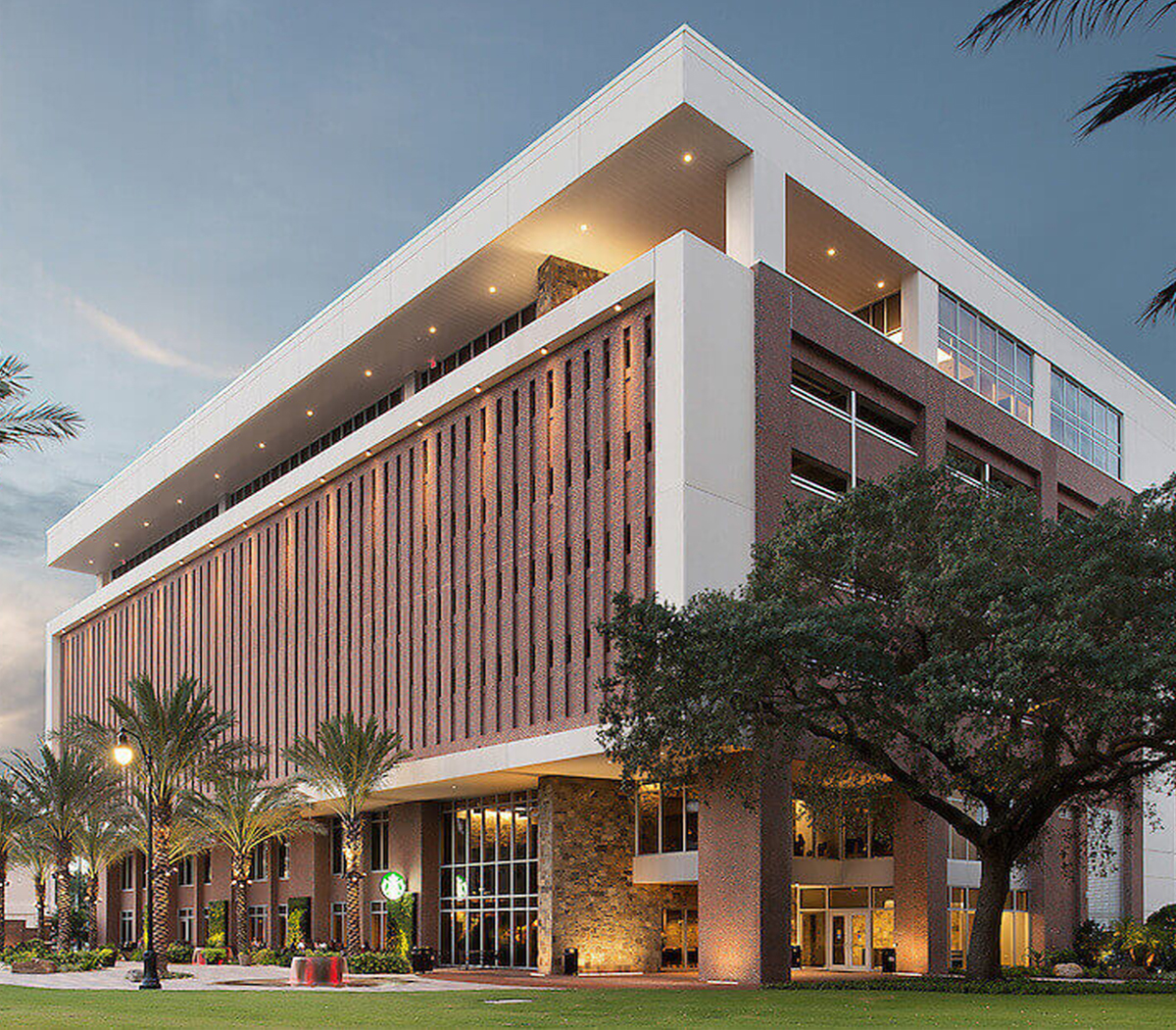
What We Do
Institutional Buildings
Institutional buildings are structures designed for public, governmental, educational, healthcare, and other essential societal services. These buildings cater to large groups of people and are often funded or managed by governments, public institutions, or non-profit organizations. They are designed to support specific functions related to education, healthcare, justice, governance, and community services, ensuring durability, safety, and accessibility.
What We Do
Industrial Buildings
Industrial buildings are structures designed to house industrial operations such as manufacturing, production, storage, and distribution. These buildings are typically large, functional, and purpose-built to accommodate specific industrial processes, machinery, and workflows. The design of industrial buildings prioritizes efficiency, safety, and adaptability to meet the demands of various industries such as manufacturing, logistics, warehousing, and heavy industry.
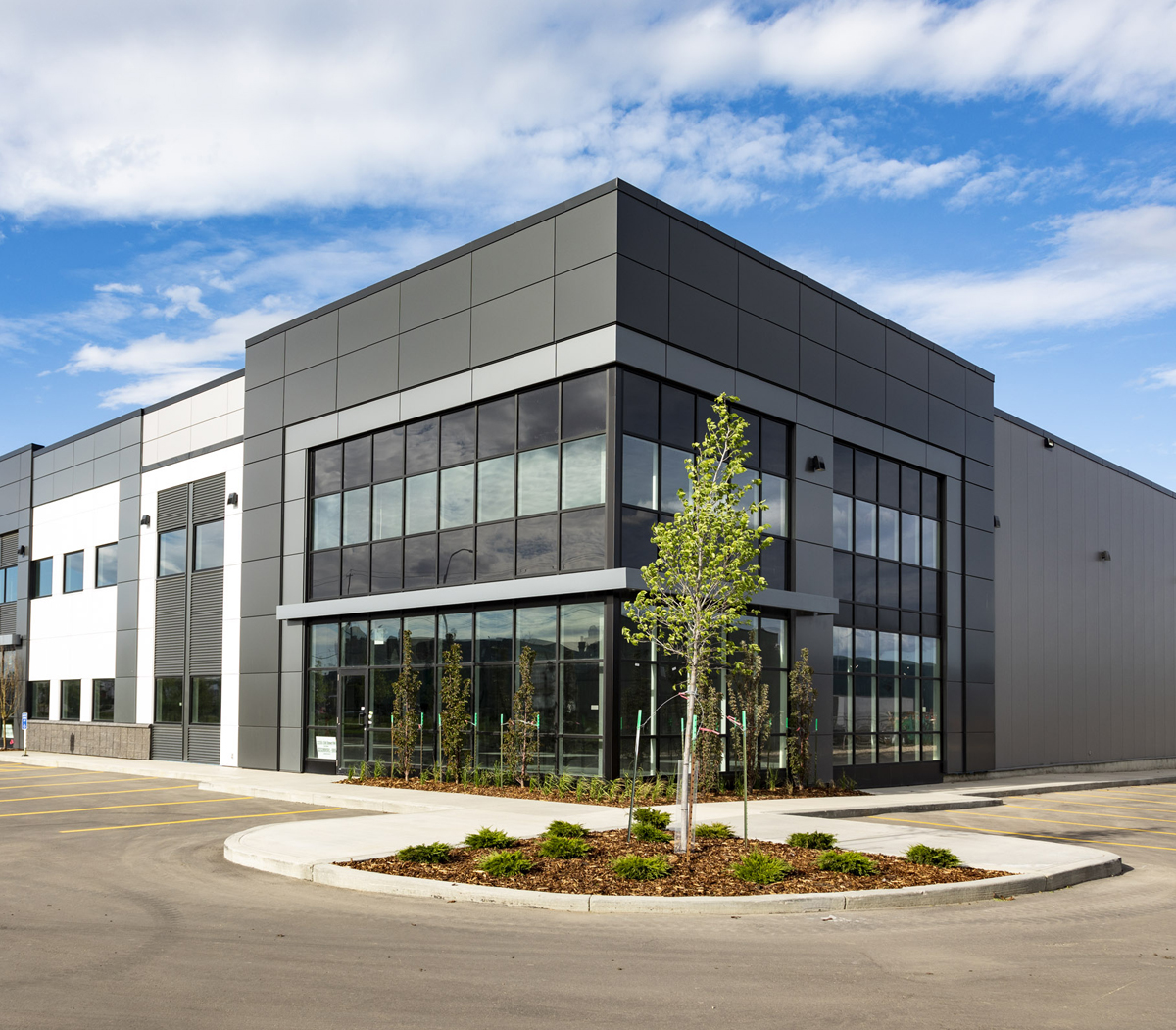
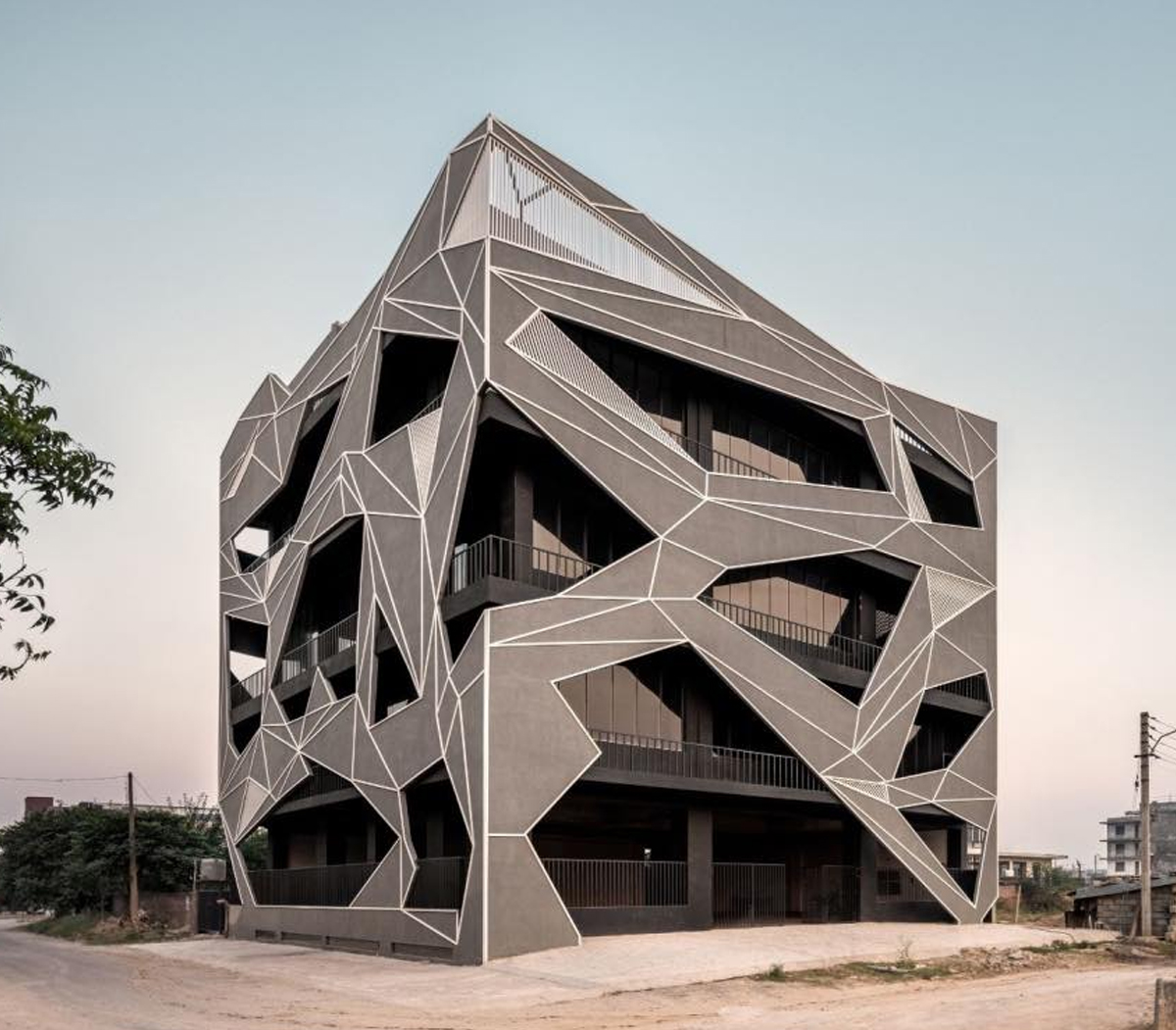
What We Do
Commercial Buildings
Commercial buildings are structures specifically designed to accommodate businesses and various commercial activities. These buildings play a critical role in the economy by providing spaces for retail, office functions, hospitality, and other services. The design of commercial buildings focuses on functionality, accessibility, and aesthetics to create environments that facilitate business operations and attract customers.
What We Do
Residential Buildings
Residential buildings are structures designed primarily for people to live in. They encompass a wide variety of housing types, from single-family homes to multi-unit apartment complexes, catering to diverse living arrangements and lifestyles. The design of residential buildings focuses on creating comfortable, safe, and functional spaces for individuals and families.
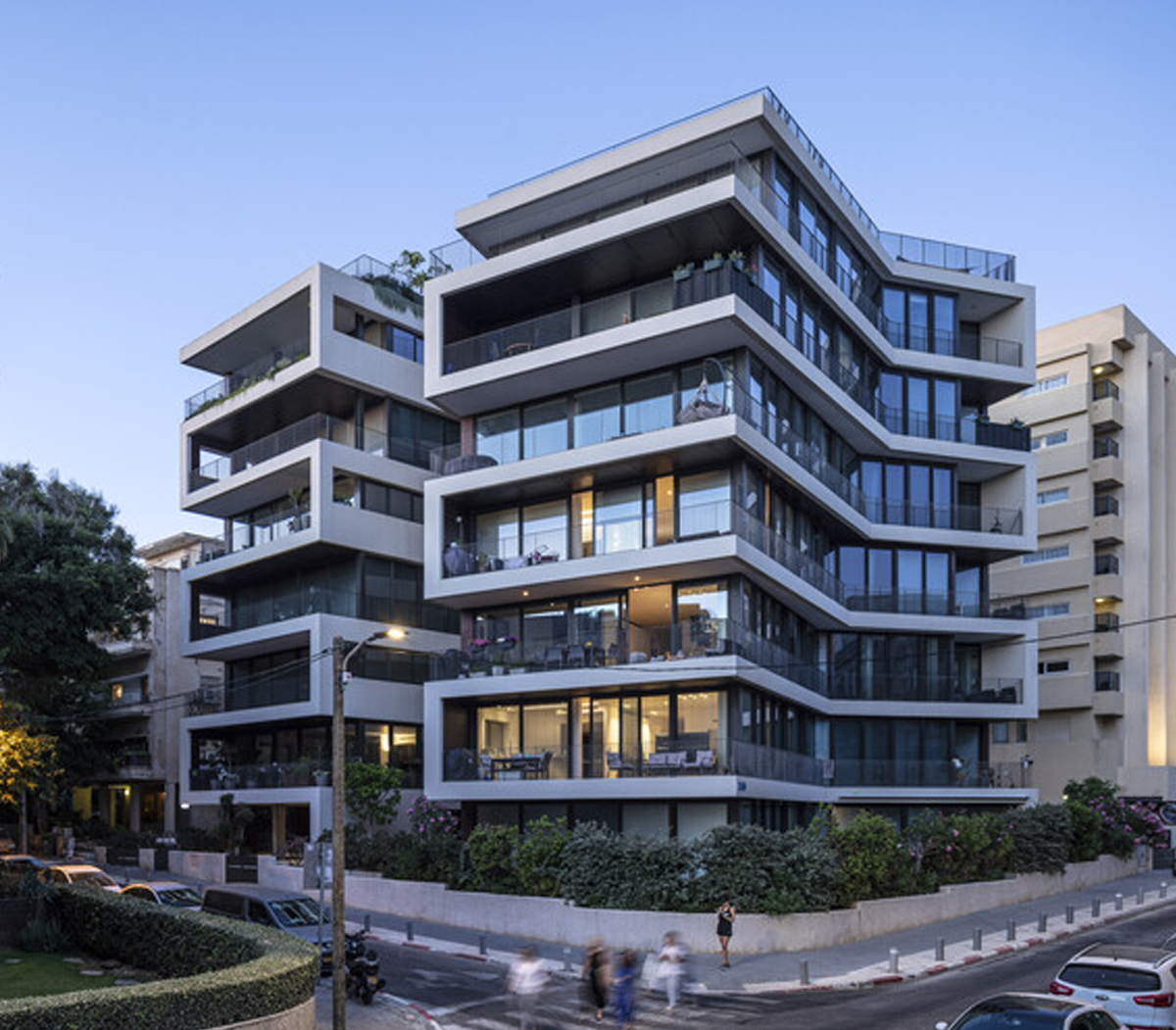
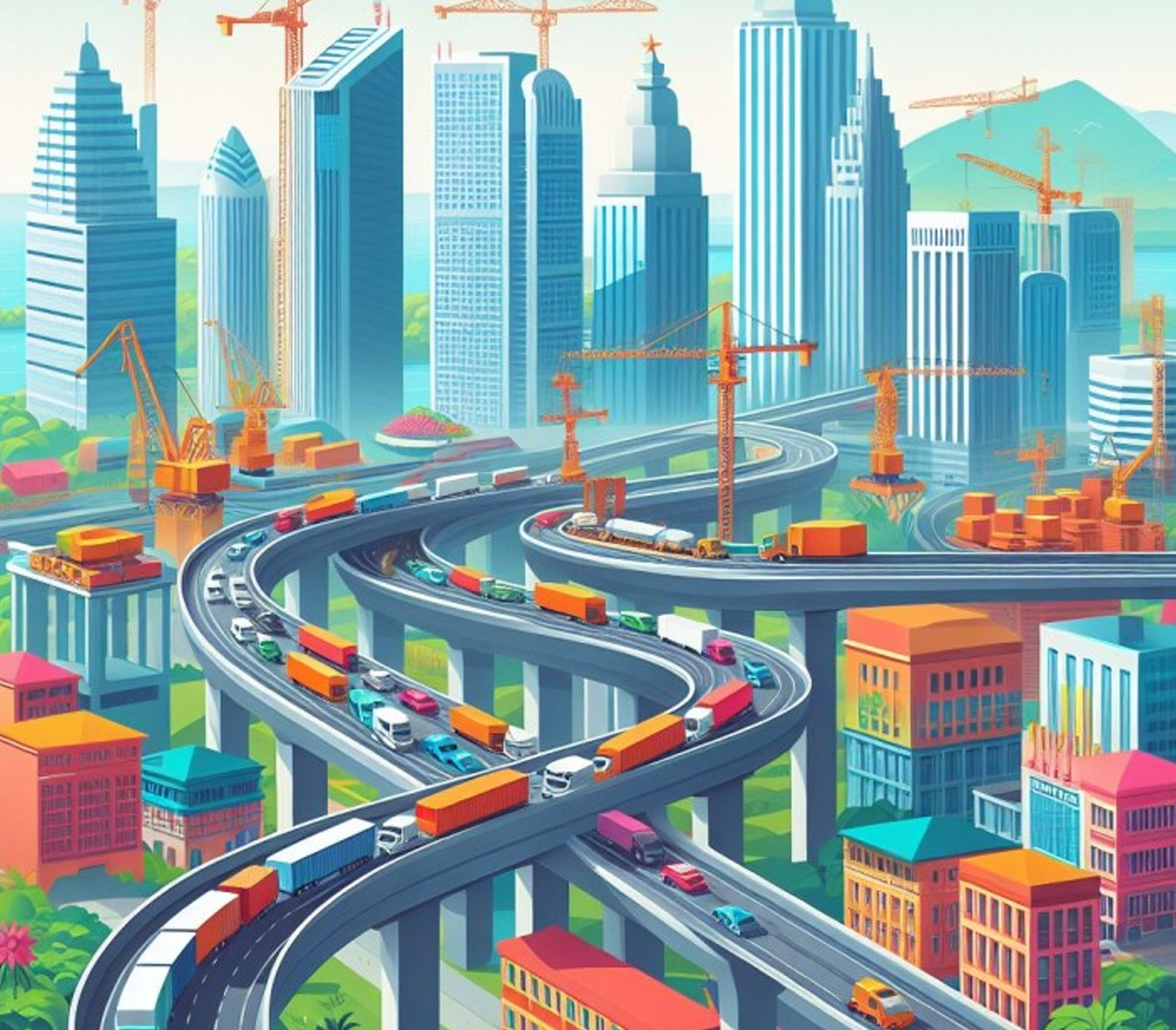
What We Do
Infrastructure Development
Infrastructure development encompasses the planning, construction, and maintenance of essential physical systems and facilities that support economic growth, societal functions, and quality of life. This includes various types of infrastructure, such as transportation, energy, water supply, waste management, and telecommunications. Effective infrastructure development is crucial for fostering sustainable communities and enabling efficient movement of goods and people.
